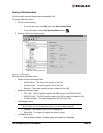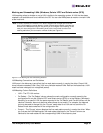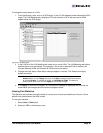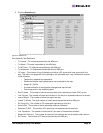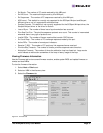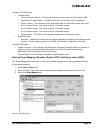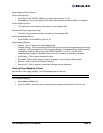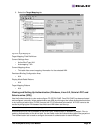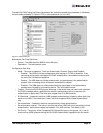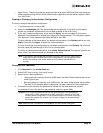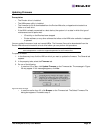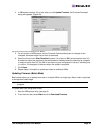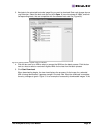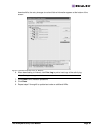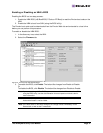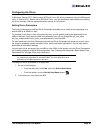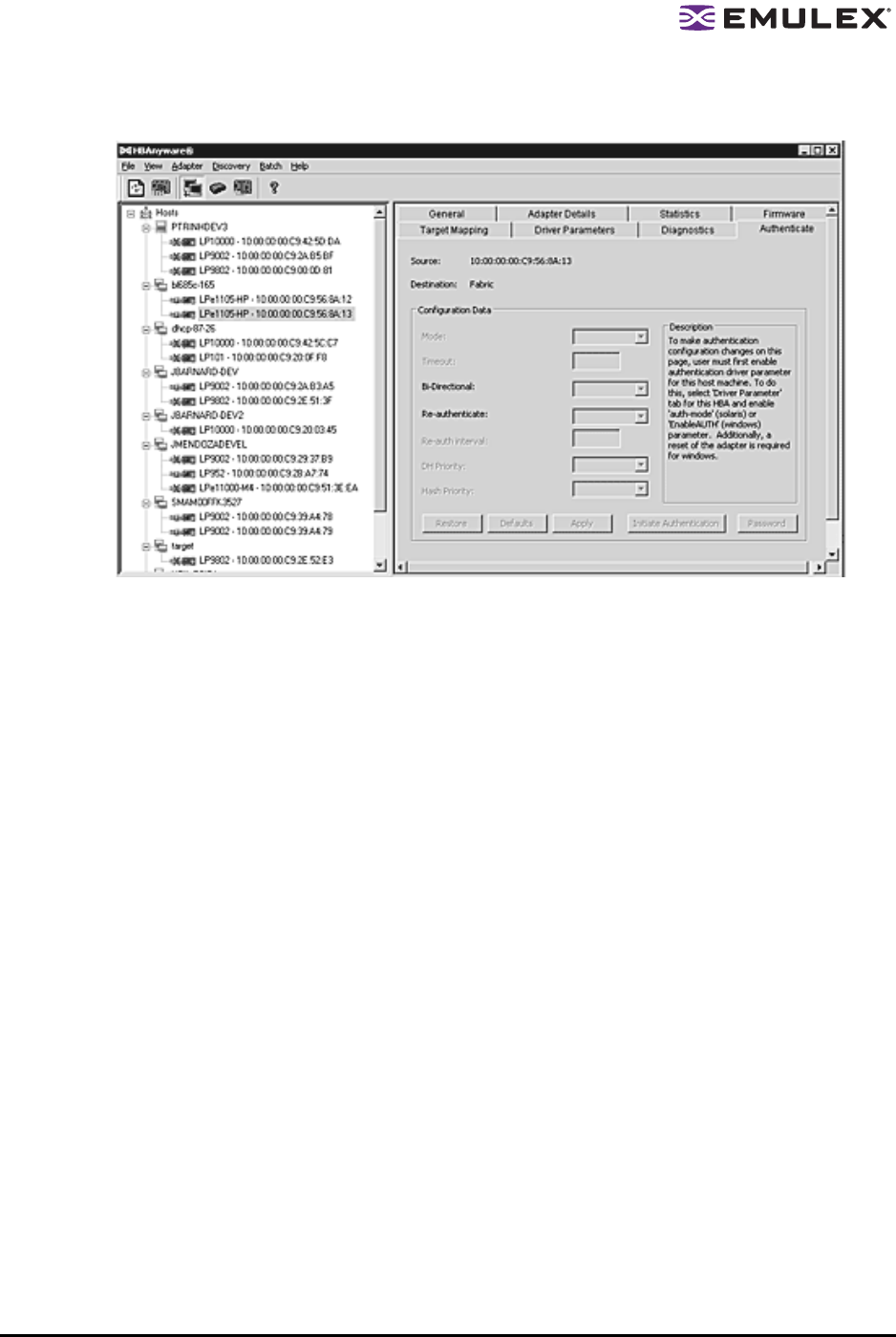
The HBAnyware Utility User Manual Page 41
To enable DH-CHAP using the Drivers Parameters tab, enable the enable-auth parameter (in Windows),
the auth-mode parameter (in Solaris LPFC) or lpfc-enable-auth (in Linux 8.2).
Figure 27: Authentication tab
Authenticate Tab Field Definitions
• Source - The HBA identifier WWPN of the HBA port)
• Destination - The fabric switch name.
Configuration Data Area
• Mode - The mode of operation. There are three modes: Enabled, Passive and Disabled.
• Enabled - The HBA will initiate authentication after issuing an FLOGI to the switch. If the
connecting device does not support DH-CHAP authentication, the software continues with
the rest of the initialization sequence.
• Passive - The HBA does not initiate authentication, but participates in the authentication
process if the connecting device initiates an authentication request.
• Disabled - The HBA does not initiate authentication or participate in the authentication
process when initiated by a connecting device. This is the default mode.
• Timeout - During the DH-CHAP protocol exchange, if the switch does not receive the expected
DH-CHAP message within a specified time interval, authentication failure is assumed (no
authentication is performed). The time value ranges from 20 to 999 seconds.
• Bi-Directional - If selected, the driver (HBA) supports authentication initiated by either (both) the
switch or the HBA. If this check box is clear, the driver supports HBA initiated authentication
only.
• Re-authenticate - If selected, the driver can periodically initiate authentication.
• Re-authorization interval - The value in minutes that driver (HBA) will use to periodically initiate
authentication. Valid interval ranges are between 10 to 3600 minutes. The default is 300.
• DH Priority - The priority of the 5 supported DH Groups (Null group, and groups 1,2,3, and 4)
that the driver (HBA) presents during the DH-CHAP authentication negotiation with the switch.



